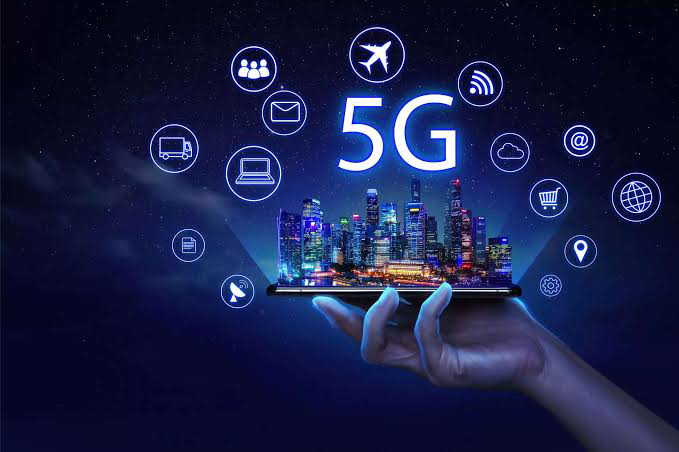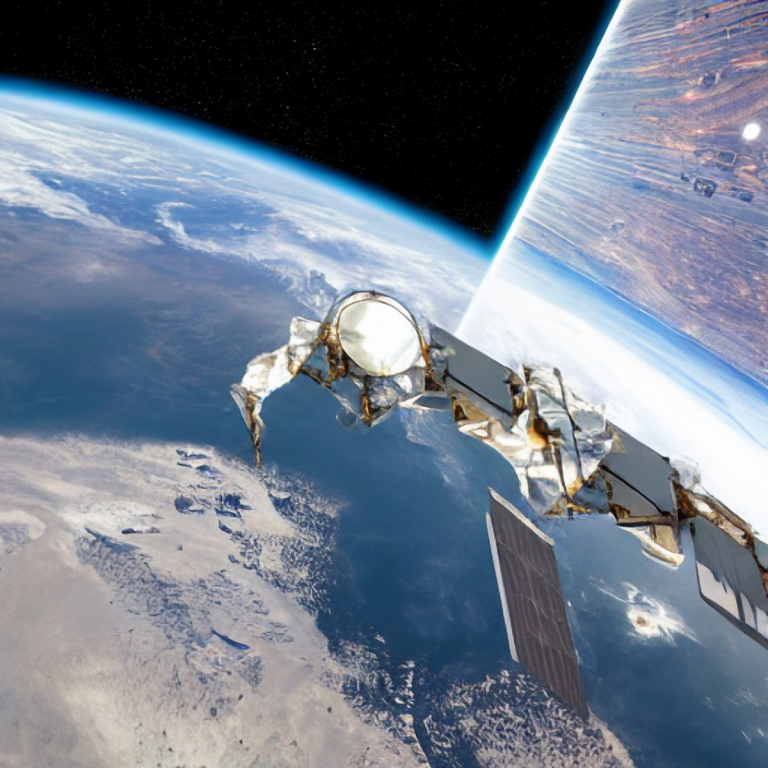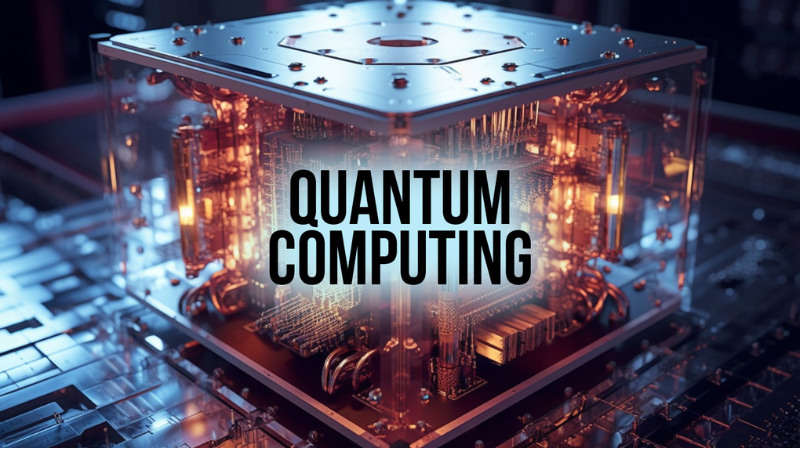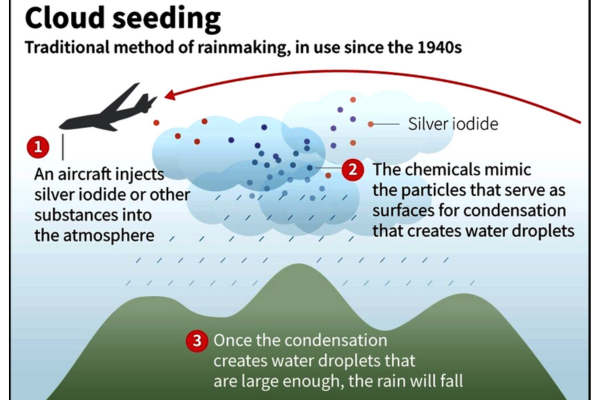The Impact of 5G technology marks a significant milestone in the evolution of mobile communications. As the fifth generation of mobile network technology, 5G promises unprecedented speed, reduced latency, and the ability to connect a vast number of devices simultaneously. This transformative technology has the potential to revolutionize connectivity and communication, impacting various sectors and improving everyday life. This blog explores the profound effects of 5G technology on connectivity and communication, examining its benefits, challenges, and future implications.
Table of Contents
Enhanced Speed and Reduced Latency(Impact of 5G Technology on Connectivity and Communication)
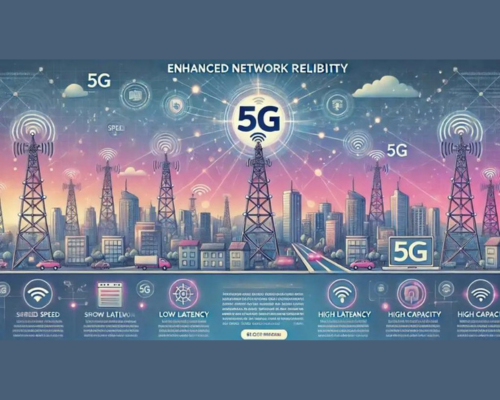
One of the most significant advancements of 5G technology is its ability to deliver faster data speeds and lower latency compared to its predecessors. With speeds up to 100 times faster than 4G, 5G enables seamless streaming of high-definition video, rapid downloading of large files, and smoother online gaming experiences. This increased speed not only enhances consumer experiences but also opens up new possibilities for businesses and industries.
Reduced latency, the time it takes for data to travel from its source to its destination, is another critical advantage of 5G. With latency as low as 1 millisecond, 5G allows for real-time communication and interaction. This low latency is crucial for applications that require immediate feedback, such as autonomous vehicles, remote surgery, and augmented reality (AR) experiences. The ability to transmit data almost instantaneously makes 5G a game-changer for these and other emerging technologies.
Internet of Things (IoT) Expansion(Impact of 5G Technology on Connectivity and Communication)
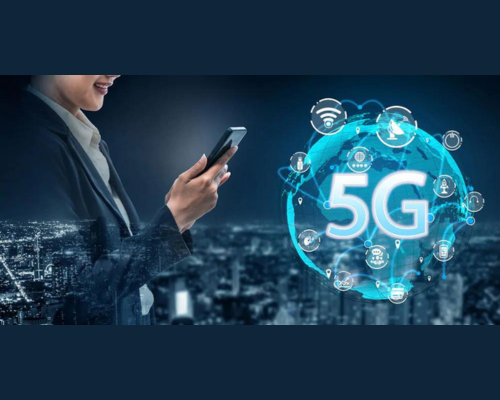
The Internet of Things (IoT) refers to the interconnected network of devices that communicate and share data with each other. 5G technology plays a pivotal role in the expansion of IoT, providing the necessary infrastructure to support the vast number of connected devices. With its high capacity and reliability, 5G can handle the massive data traffic generated by IoT devices, enabling smarter homes, cities, and industries.
In smart homes, 5G connectivity allows for more efficient energy management, enhanced security systems, and improved home automation. In smart cities, it supports intelligent transportation systems, waste management, and environmental monitoring, leading to more sustainable and livable urban environments. In industries, 5G facilitates predictive maintenance, remote monitoring, and automation, driving efficiency and productivity.
Transforming Industries(Impact of 5G Technology on Connectivity and Communication)
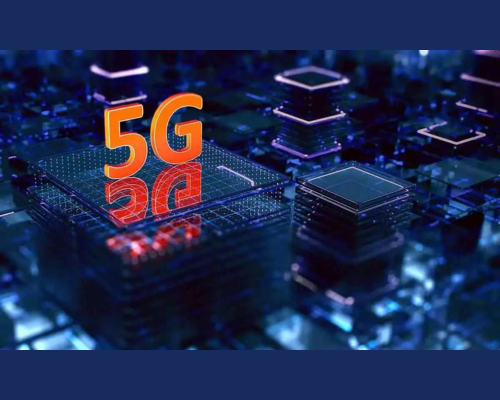
5G technology has the potential to transform various industries, including healthcare, manufacturing, and entertainment. In healthcare, 5G enables telemedicine and remote patient monitoring, allowing healthcare providers to deliver services to patients in remote or underserved areas. The low latency of 5G is essential for applications such as remote surgery, where real-time precision is critical.
In manufacturing, 5G supports the development of smart factories, where machines and systems are interconnected for optimized production processes. The ability to collect and analyze data in real-time allows for predictive maintenance, reducing downtime and improving efficiency. Additionally, 5G enables the use of augmented reality (AR) and virtual reality (VR) for training and troubleshooting, enhancing worker skills and safety.
The entertainment industry also benefits from 5G technology, with enhanced experiences in gaming, live streaming, and virtual events. The increased bandwidth and low latency of 5G enable immersive AR and VR experiences, transforming how we consume media and interact with content.
Advancing Autonomous Vehicles(Impact of 5G Technology on Connectivity and Communication)
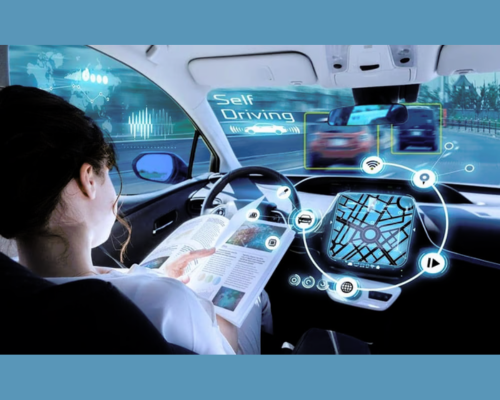
Autonomous vehicles (AVs) rely on a complex network of sensors, cameras, and communication systems to navigate and make decisions in real-time. 5G technology is critical for the advancement of AVs, providing the necessary speed and low latency for vehicle-to-vehicle (V2V) and vehicle-to-everything (V2X) communication. This allows AVs to share information about road conditions, traffic, and potential hazards, improving safety and efficiency.
The ability of 5G to support high data transfer rates and low latency also enables the development of more advanced driver assistance systems (ADAS), enhancing the safety and convenience of semi-autonomous vehicles. As 5G networks become more widespread, we can expect to see significant advancements in the deployment and capabilities of autonomous vehicles.
Challenges and Considerations(Impact of 5G Technology on Connectivity and Communication)
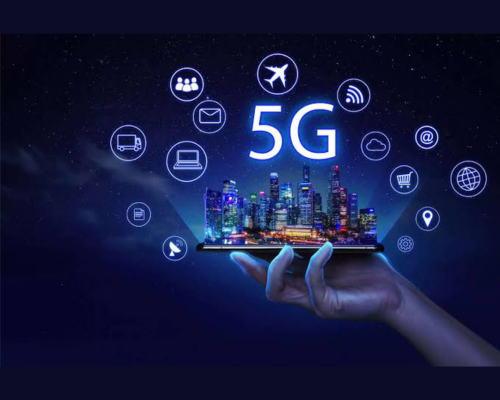
While 5G technology offers numerous benefits, it also presents challenges and considerations that need to be addressed. One of the primary challenges is the extensive infrastructure required for 5G deployment. Unlike previous generations, 5G operates on higher frequency bands that have shorter range and require a denser network of small cells. This necessitates significant investment in infrastructure, including the installation of numerous small cell sites, which can be a logistical and financial challenge.
Security and privacy are also critical concerns with the widespread adoption of 5G technology. The increased number of connected devices and the vast amount of data transmitted over 5G networks create potential vulnerabilities for cyberattacks and data breaches. Ensuring robust security measures and data protection protocols is essential to safeguard users and maintain trust in 5G technology.
Future Implications
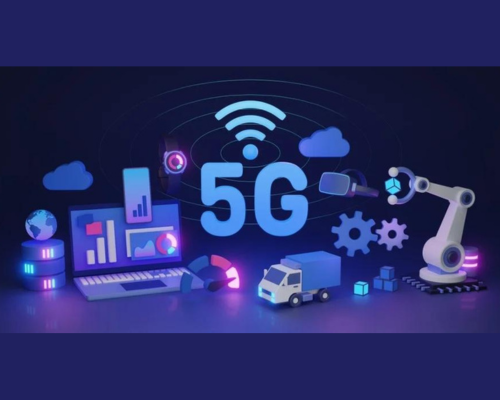
The impact of 5G technology on connectivity and communication will continue to evolve as the technology matures and becomes more widely adopted. The benefits of enhanced speed, reduced latency, and increased capacity will drive innovation across various sectors, leading to new applications and services that we have yet to imagine.
As 5G networks expand, we can expect to see advancements in smart cities, autonomous vehicles, and immersive experiences, transforming how we live, work, and interact with the world. The combination of 5G with other emerging technologies, such as artificial intelligence (AI) and edge computing, will further enhance its capabilities and unlock new possibilities.
Conclusion
The advent of 5G technology marks a significant leap forward in connectivity and communication, offering unprecedented speed, low latency, and the capacity to support a vast number of devices. Its impact on various sectors, from healthcare and manufacturing to entertainment and transportation, is profound and far-reaching. While challenges such as infrastructure requirements and security concerns need to be addressed, the potential benefits of 5G technology are immense. As we continue to explore and harness the power of 5G, we are poised to enter a new era of innovation and connectivity that will shape the future of our digital world.

